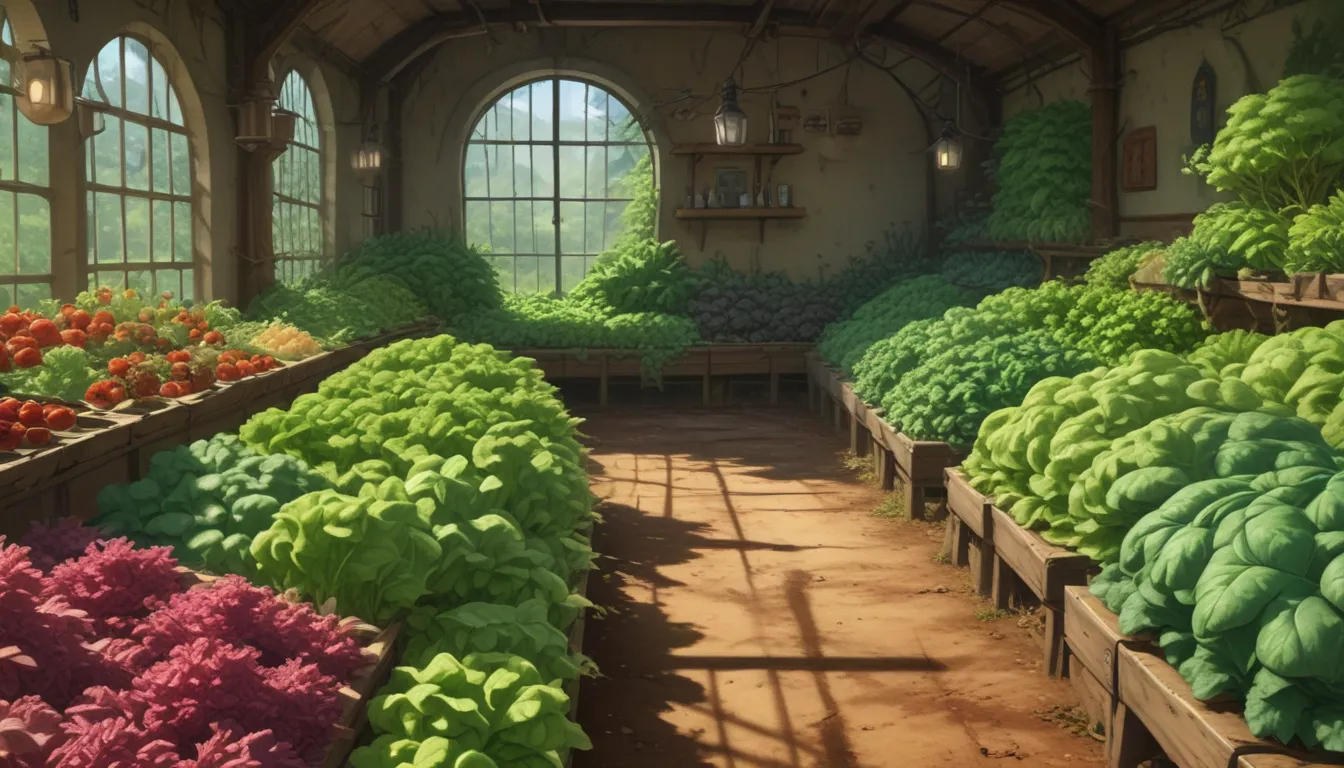How to Cultivate a Successful Lettuce Patch

Growing lettuce is a delightful and rewarding experience that all gardeners should give a shot. With its versatility, ease of cultivation, and array of flavors, lettuce is a must-have in any garden. Whether you have a large plot or just a small window box, you can successfully grow this leafy vegetable. In this in-depth guide, we’ll walk you through everything you need to know to be successful with your lettuce patch.
The Marvels of Lettuce Cultivation
Before we dive into the specifics of growing lettuce, let’s understand the basics. This cold-hardy vegetable thrives in cooler temperatures ranging from 45 to 80°F. It’s best to plant your crops in early spring when it’s still chilly or in the fall after the summer heat has passed. You can even try growing it indoors with the help of row covers.
Lettuce comes in various types, each with its unique growing requirements and flavors. Let’s explore the four main types:
Loose Leaf
Loose leaf lettuce doesn’t form a head and is the easiest to grow. You can start harvesting and enjoying it in as little as three weeks. It’s the least prone to bolting in hot weather and has high nutritional value. Varieties include arugula, endive, and mesclun.
Butterhead
Butterhead lettuce forms soft, loose heads with a buttery taste. It does better in cooler temperatures and includes popular varieties like Boston, bibb, and buttercrunch.
Romaine
Romaine lettuce grows upright in an elongated head and matures in 70-85 days. It’s crispy and crunchy with dark green outer leaves and pale inner leaves. ‘Paris Island’ cos is a common variety with disease resistance.
Crisphead
Crisphead lettuce takes longer to mature and is less heat tolerant. Iceberg lettuce is a popular type known for its transport and storage capabilities.
Getting Started: Planting Tips for Success
To kickstart your lettuce cultivation journey, it’s crucial to pay attention to certain aspects such as soil temperature and seed planting techniques.
- Soil Temperature: Seeds germinate best between 55-65°F, but anything over 40°F works.
- Seed Planting: Directly sow seeds in early spring or cool the soil in August for a fall harvest. Plant seeds 1/4 to 1/2 inch deep, keeping spacing in mind.
- Watering: The secret to rapid growth is frequent, light watering. Keep the soil moist until germination.
- Transplanting: When transplanting seedlings, ensure they have enough room and use rich compost for better growth.
- Maintenance: Regularly water your lettuce, add nitrogen-rich fertilizers, use mulch, and prevent leaves from coming into contact with damp soil to avoid diseases.
Overcoming Pests and Diseases
Lettuce can fall prey to pests like aphids, flea beetles, leaf miners, and diseases like sclerotinia and mildew. To tackle these challenges, try these strategies:
- Pest Control: Use organic pesticides, beneficial insects, or physical removal to combat pests.
- Barrier Plants: Plant chives, garlic, basil, or catnip between lettuce to deter pests naturally.
- Row Covers: Protect your lettuce from pests by growing it under row covers.
- Disease Prevention: Maintain healthy, well-draining soil and prevent moisture-related diseases.
Enjoying the Fruits of Your Labor
Once you’ve mastered the art of growing lettuce, you’ll appreciate the fresh flavors and textures it brings to your salads. Make sure to harvest your lettuce at the right time to enjoy its full potential. Experiment with different varieties and add your homegrown lettuce to your favorite dishes for a wholesome touch.
In Closing
Ready to start your lettuce-growing journey? Follow the tips and techniques outlined in this guide to cultivate a thriving lettuce patch in your garden. Share your lettuce-growing experiences in the comments below and inspire others to embark on their gardening adventures. Happy growing!
Looking for more gardening guides and tips? Explore our related articles to expand your knowledge and enhance your gardening skills.





